Story
"Butt out": How one PhD researcher is tackling the world’s most common form of litter
31 May 2025
Today (Saturday 31st May) is ‘World No Tobacco Day’, and to mark the occasion, we’re shining a spotlight on Natalie Smith – PhD researcher at Plymouth Marine Laboratory and the University of Plymouth in collaboration with the Marine Conservation Society– whose research explores both the environmental impact of and the human psychology behind cigarette butt littering.
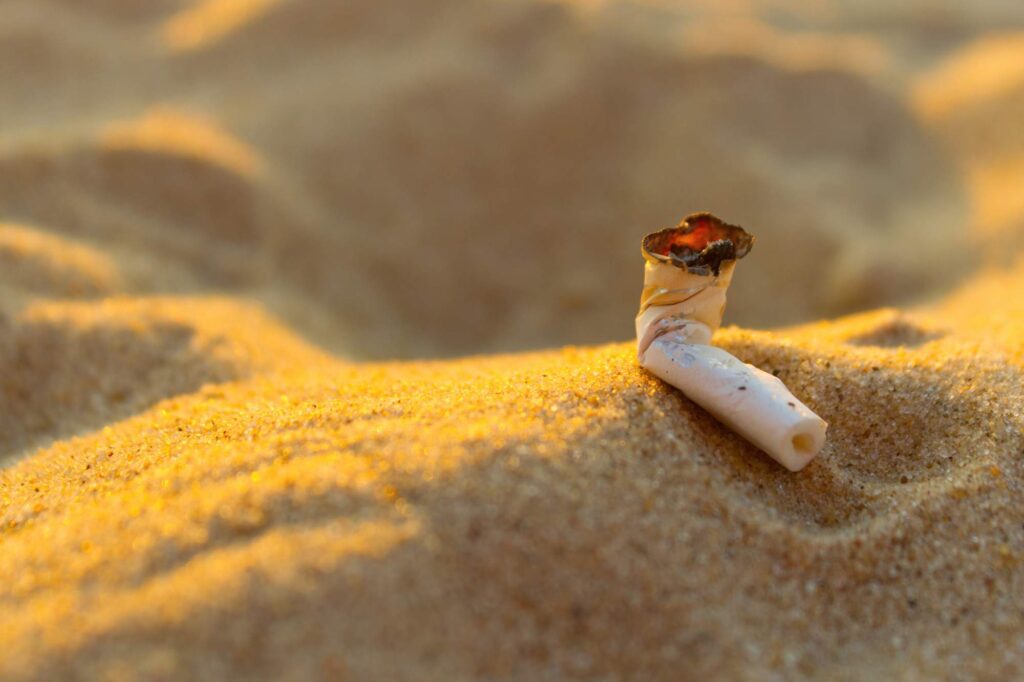
It’s the world’s most common form of litter, yet it’s often overlooked.
Cigarette butts – tiny, toxic, and made from plastic – are casually dropped out of car windows, on the street, and in nature every single day. But what happens after they’re tossed aside? And why are people still doing it?
Natalie’s PhD, titled “Butt Out: Understanding the Impacts and Drivers of Cigarette Littering”, takes a unique, transdisciplinary approach to these questions – combining marine ecology with behavioural science to explore both the environmental impact of and the human psychology behind cigarette butt littering.
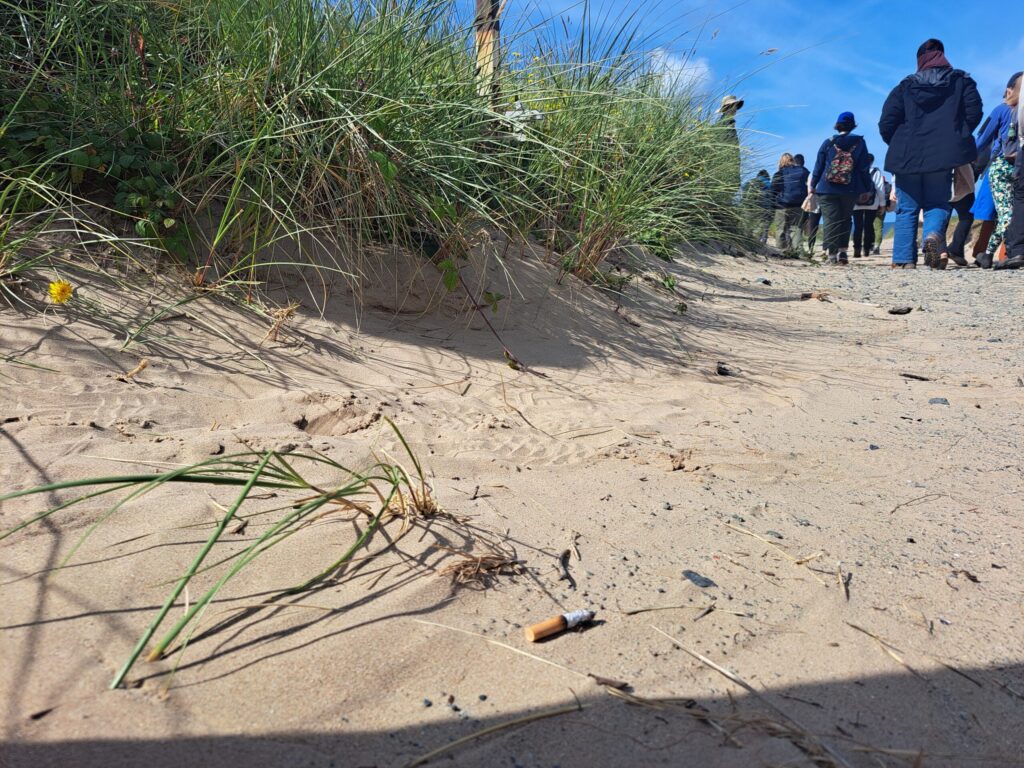
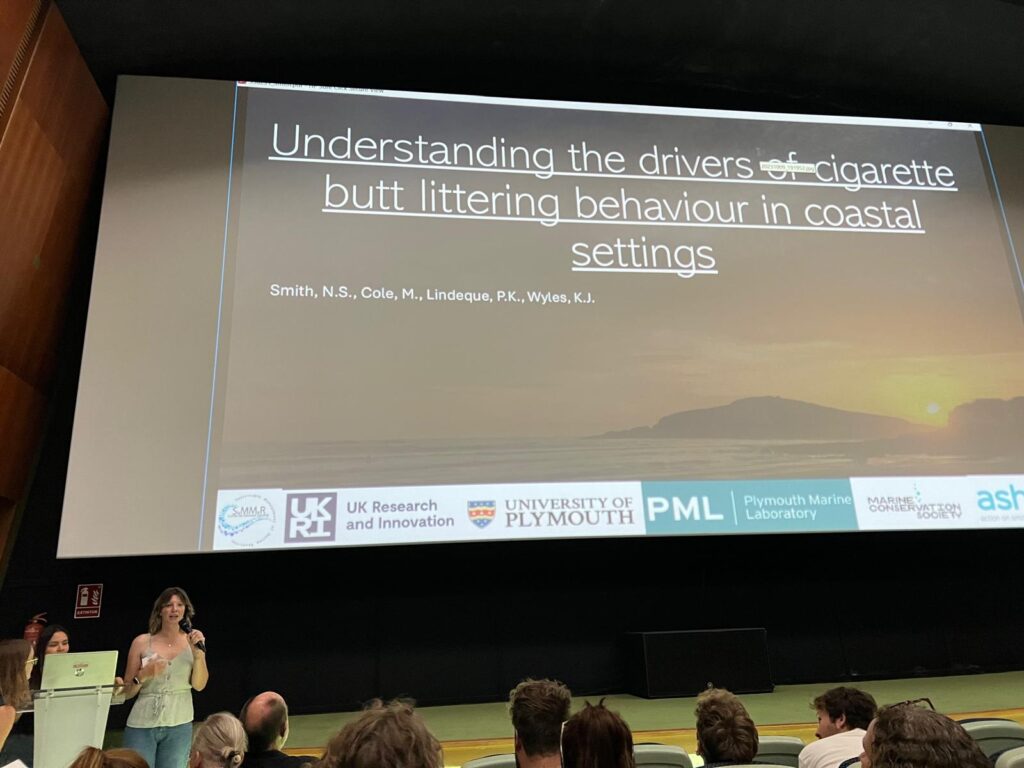
She describes her journey to this area of research:
“Before starting the PhD, I had completed my undergraduate degree in Marine Biology and Coastal Ecology at the University of Plymouth, and was interning at the International Marine Litter Research Unit there too. My background is purely ecology based – with a focus on plastic degradation and environmental monitoring – and this is what initially drew my attention to the PhD.”
“However, what really kept my attention was the combined transdisciplinary aspects of ecology and environmental psychology. I have worked on collaborative projects alongside environmental psychologists before and found it fascinating, and extremely relevant to the issue of cigarette butt littering. If we are to tackle this issue, we need to first understand what is driving it.”
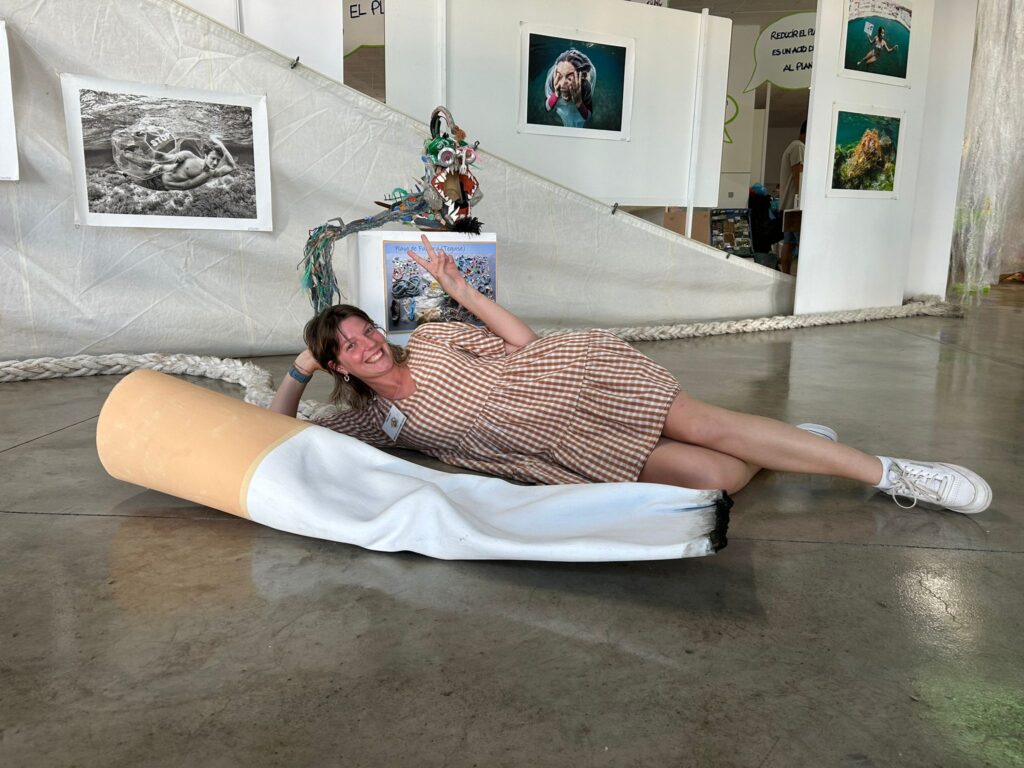
Because her background was centered in ecology, Natalie needed to expand her knowledge in psychology to begin investigating the psychological drivers of cigarette butt littering.
“Over the last two years, I’ve been teaching myself about the field of environmental psychology, even attending some undergraduate lectures! After a LOT of reading, I was able to plan and conduct two research projects looking at what psychological factors drive the disposal of cigarette butts onto the ground (littering).”
“Learning about this side of research has been insanely interesting. It makes up such a huge body of work that strives to understand human behaviour. If we have a better understanding of how and why different people work, it will allow us to create targeted interventions and behavioural change solutions to a wide range of issues.”
“It confuses me why ecology and other related disciplines are often researched so independently to environmental psychology when they are often so intrinsically linked.”
The psychology behind the pollution
Over the past three years, Natalie has surveyed smokers in both urban and coastal settings – to understand the habits and attitudes that lead to cigarette littering. She said:
“Conducting in-person surveys with the public was really fun! It’s a lot of work, and very intensive for the data pool but hearing what people have to say and their opinions on cigarette butt littering really provides incite that would be missed otherwise.”

“People often refer to smoking and the disposal of smoked cigarettes as a habit. When we use the word habit, other words come closely related to it. Subconscious, automatic, unaware, frequent. The research we conducted in Plymouth City Centre and Bigbury-on-Sea in Devon showed that all people that took part in the survey had some element of habit driving the disposal of their cigarette butt onto the ground.”
But what about the butts themselves?
Natalie’s research also explores how cigarette filters – made of cellulose acetate, a type of bio-plastic – break down in the environment. Unlike previous lab-based studies, she’s been conducting long-term field experiments across Devon, burying cigarette butts in different sediment types to simulate real-world degradation.
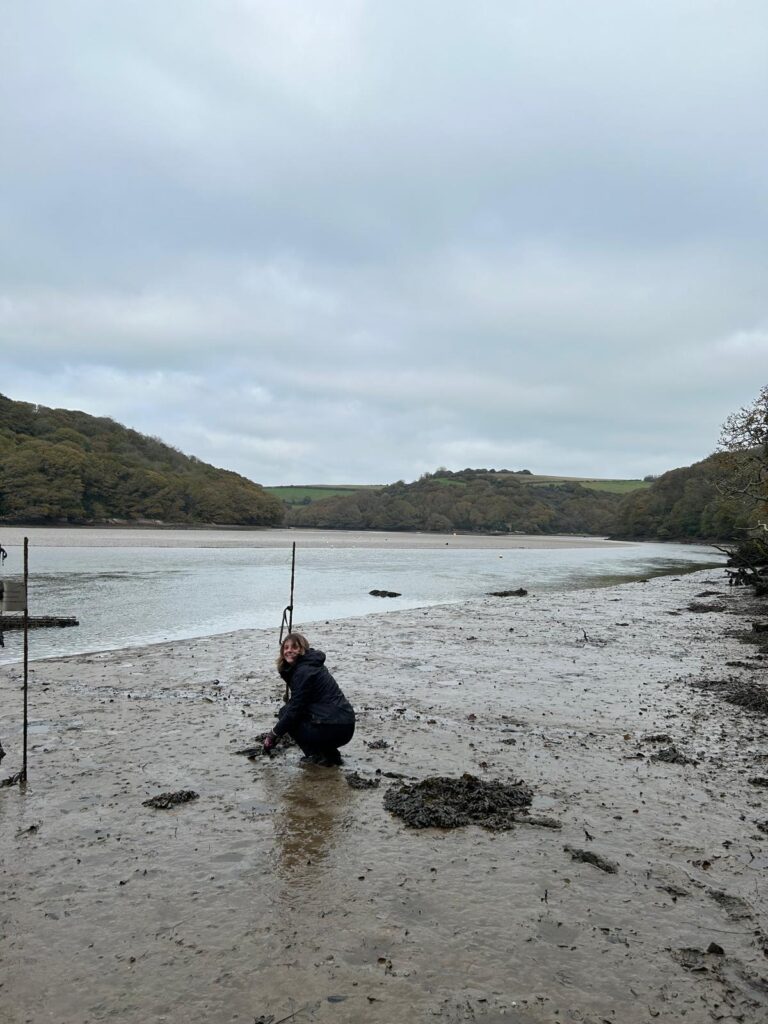
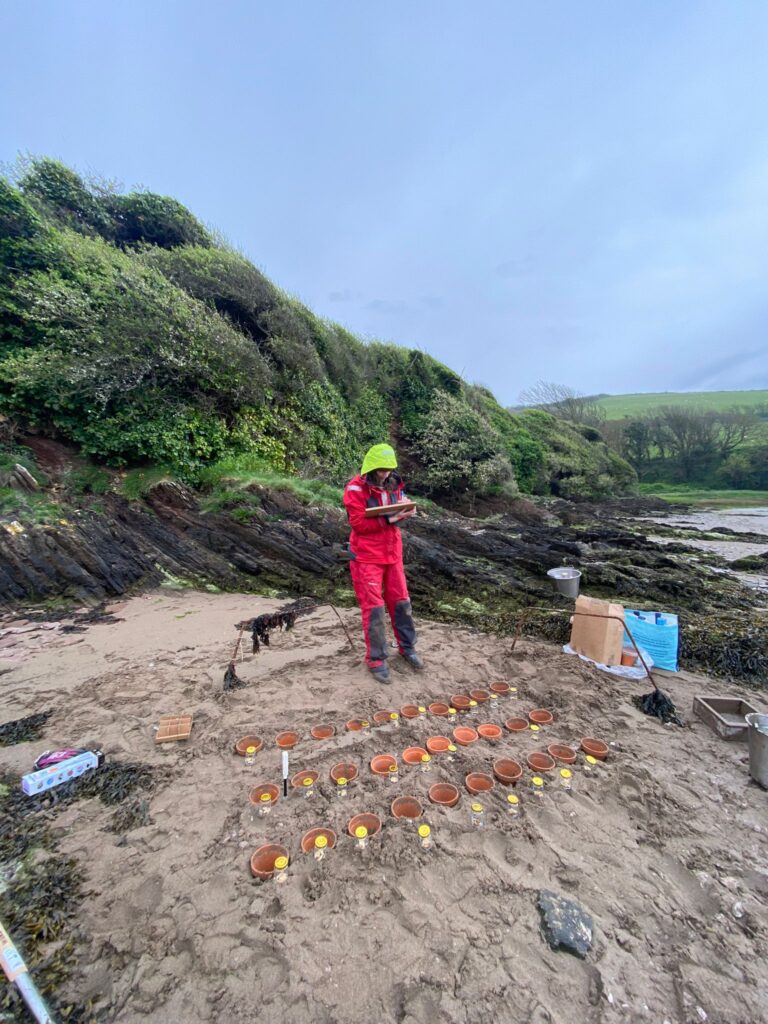
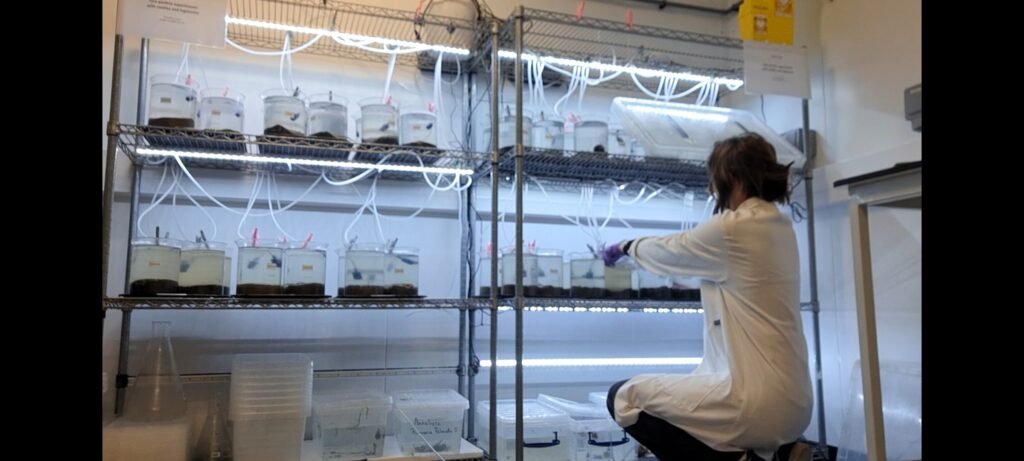
She explains:
“Until now, most studies have investigated the breakdown in laboratory conditions, not with all the environmental factors being considered. We are finding quite big differences in how long the cigarette butts take to break down depending on the sediment type they are in.”
And adds, “Once the experiment concluded, we used the furnace here at the laboratory to prepare some of the sediment containing the cigarette butts for further analysis. After 2-years of being buried in sediment, when exposed to high heat (500•C) the smell that came of the cigarette butts was as if someone was smoking right next to you (and stunk out the building – sorry!).”

What’s next?
Natalie’s next chapter of research will focus on how these degrading butts affect marine and terrestrial animals. And, next month, she will be attending the International Conference of Environmental Psychology in Lithuania. She said:
“I am presenting a poster on my chapter looking at the role of habit in driving cigarette butt littering behaviour. As my background is not in environmental psychology, I am most excited to meet some other researchers in this field and hear about the current science in this area, and, maybe if I’m lucky, find a post-doc opportunity too!”
Stay tuned for further updates!
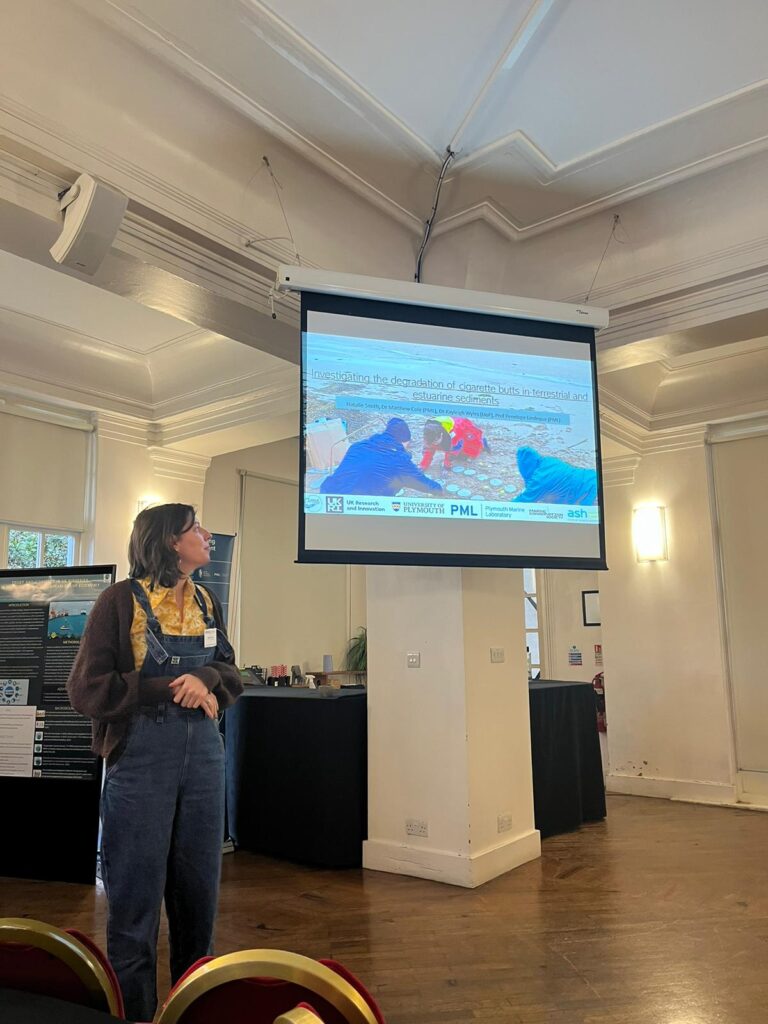
Related information
Attending the ICEP conference? Connect with Natalie on LinkedIn here >>
